I am new to PHP web development and making a simple website for adding products and categories and I am facing an issue with the update CRUD operation for the categories when I upload an image.
Updating the image when less than 2MB is ok and the old image will be deleted, for the other scenarios when image is more than 2MB or upload different image extension than the allowed ones it's not being validated only the image name gets added to the database, below is my code and appreciate the help
include("../config/dbconn.php");
if (isset($_POST['update'])) {
$cat_id = mysqli_real_escape_string($dbconn, $_POST['cat_id']);
$cat_name = mysqli_real_escape_string($dbconn, $_POST['cat_name']);
$pervious_cat_name = filter_var($_POST['pervious_cat_name'], FILTER_SANITIZE_FULL_SPECIAL_CHARS);
$cat_img = $_FILES['cat_img'];
// checking empty fields
if (empty($cat_name) || empty($cat_img)) {
if (empty($cat_name)) {
echo "<font color='red'>category name field is empty!</font><br/>";
}
if (empty($cat_img)) {
echo "<font color='red'>image field is empty!</font><br/>";
}
} else {
//updating the table
if ($cat_img['name']) {
$pervious_cat_path = '../../uploads/' . $pervious_cat_name;
if ($pervious_cat_path) {
unlink($pervious_cat_path);
}
$cat_img_name = $cat_img['name'];
$cat_temp_name = $cat_img['tmp_name'];
$cat_img_destination_path = '../../uploads/' . $cat_img_name;
$allow_files = ['png', 'jpg', 'jpeg','webp'];
$extension = explode('.', $cat_img_name);
$extension = end($extension);
if (in_array($extension, $allow_files)) {
if ($cat_img['size'] < 2000000) {
move_uploaded_file($cat_temp_name, $cat_img_destination_path);
} else {
$_SESSION['category_update'] = "couldn't update category, image size is too large";
}
} else {
$_SESSION['category_update'] = "couldn't update category, image should be png, jpg, jpeg";
}
}
$cat_img_to_insert = $cat_img_name ?? $pervious_cat_name;
$query = "UPDATE category SET cat_name='$cat_name', cat_img='$cat_img_to_insert' WHERE cat_id=$cat_id";
$result = mysqli_query($dbconn, $query);
if ($result) {
//redirecting to the display page. In our case, it is index.php
header("Location: admin_panel.php");
}
}
}
?>
below are a couple of images to see the results:
ok uploaded an image less than 2MB and in the allowed extensions.

image bigger than 2MB and in the allowed extensions.

appreciate the support.
